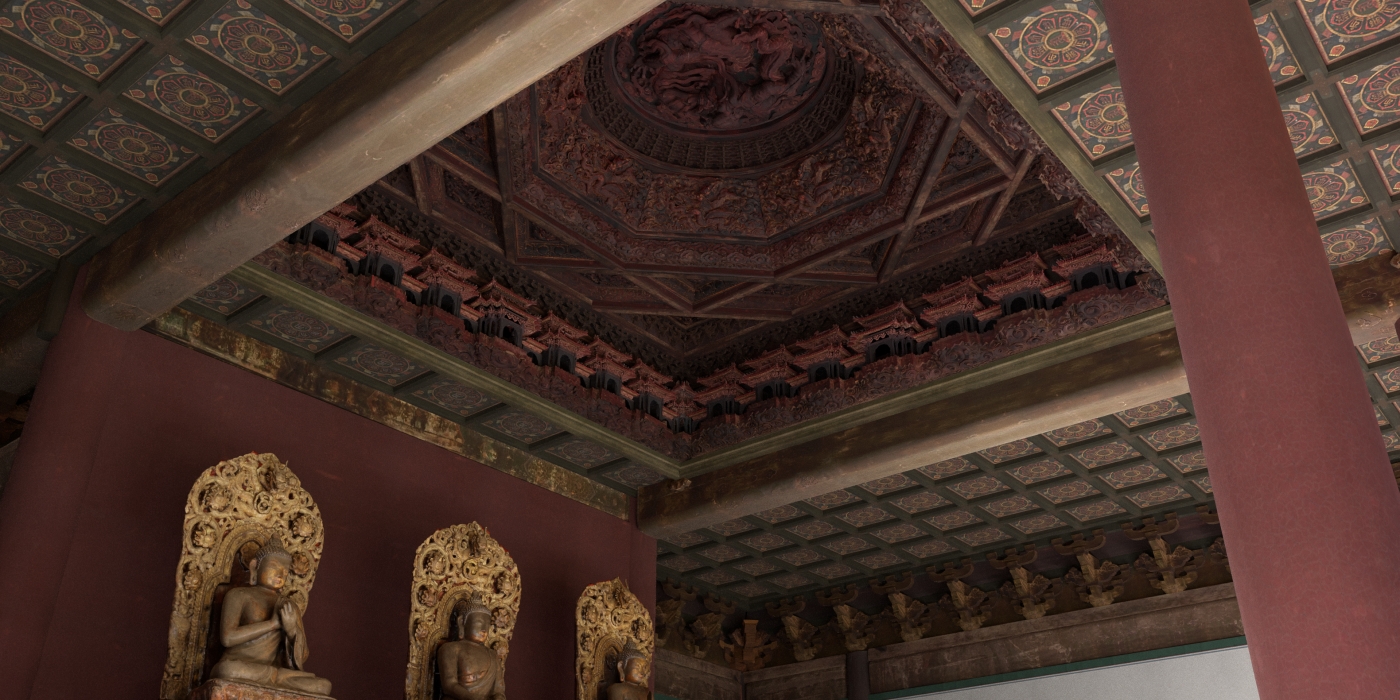In the late nineteenth and early part of the twentieth century, countless East Asian works of art were removed from their historical places of origin and dispersed around the world. Launched in 2019, the Dispersed Chinese Art Digitization Project (DCADP), seeks to document, preserve, and digitally restore artifacts taken from important cultural sites in China, placing them back into their original historical and spatial contexts. Ambitious in scale and scope, the initiative is the result of collaboration between CAEA at UChicago, colleagues at Xi’an Jiaotong University in China, and countless museums around the globe. Generous funding from the Cyrus Tang Foundation supports the work of faculty, students, and staff from both universities. The projects comprising the DCADP initiative include conferences, and scholarly exchanges extending to numerous other institutions, including universities, museums, and cultural sites.

Digitally Restored Model of Zhihua Hall, Zhihua Temple, Beijing
